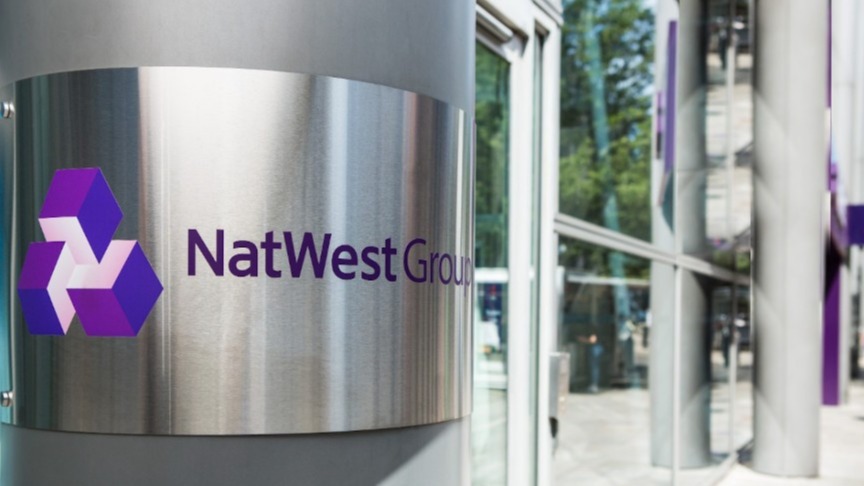HSBC is facing a space dilemma as executives worry their planned smaller London headquarters may not be sufficient for their needs, despite initial plans to halve their office footprint, Bloomberg reports.
The bank, which is set to move to Newgate Street in approximately two years, is considering leasing additional space beyond the 570,000 square feet it has already committed to in the former BT Group headquarters being redeveloped by Orion Capital Management.
The potential need for extra space marks a significant shift from HSBC's pandemic-era strategy to reduce its global real estate footprint by up to 40 per cent. The bank currently occupies 1.1 million square feet at its Canary Wharf location at 8 Canada Square.
This reversal of downsizing plans reflects a broader trend in London's commercial property market, where companies are finding their reduced office space commitments may have been too conservative. The shift is driven by workers' gradual return to offices and an increasing focus on providing high-quality amenities for staff.
Mike Wiseman, head of workspace leasing at British Land Co, noted this changing dynamic, telling Bloomberg: "There has been a general shift towards occupiers being more considered about day-one space takes, with landlords in turn showing more flexibility in how they accommodate the future needs of their customers."
Several other major firms are following a similar pattern. Law firm Clifford Chance, which planned to move to a smaller space at the Aldermanbury Square project, has since decided to take the entire 321,100 square-foot development. While still smaller than their current premises, the reduction is less dramatic than initially planned.
The trend extends to US law firms, with both Latham & Watkins and Kirkland & Ellis expanding their space commitments at One Leadenhall and 40 Leadenhall Street respectively. Additionally, A&O Shearman has recently secured an extra 100,000 square feet at the One Broadgate development, bringing their total space to 354,000 square feet, following the merger of Allen & Overy with Shearman & Sterling.
This wave of expansions is putting pressure on an already tight market. As Wiseman points out: "There are only a handful of high quality buildings being delivered in the City over the coming years, and with firms increasingly taking up their option space, we are seeing an already supply-constrained market become even tighter."
Latest News
-
Visa launches protocol for agentic commerce
-
FCA boosts blockchain-based fund innovation with new plan
-
Walmart rolls out direct purchases in ChatGPT
-
Coinbase invests in cryptocurrency exchange CoinDCX
-
Monzo launches digital tax filing tool for sole traders and landlords
-
Revolut’s UK banking licence faces scrutiny over global risk controls
Data trust in the AI era: Building customer confidence through responsible banking
In the second episode of FStech’s three-part video podcast series sponsored by HCLTech, Sudip Lahiri, Executive Vice President & Head of Financial Services for Europe & UKI at HCLTech examines the critical relationship between data trust, transparency, and responsible AI implementation in financial services.
Banking's GenAI evolution: Beyond the hype, building the future
In the first episode of a three-part video podcast series sponsored by HCLTech, Sudip Lahiri, Executive Vice President & Head of Financial Services for Europe & UKI at HCLTech explores how financial institutions can navigate the transformative potential of Generative AI while building lasting foundations for innovation.
Beyond compliance: Building unshakeable operational resilience in financial services
In today's rapidly evolving financial landscape, operational resilience has become a critical focus for institutions worldwide. As regulatory requirements grow more complex and cyber threats, particularly ransomware, become increasingly sophisticated, financial services providers must adapt and strengthen their defences. The intersection of compliance, technology, and security presents both challenges and opportunities.
Unleashing generative AI: A force multiplier for financial crime teams
This FStech webinar, sponsored by NICE Actimize sees industry experts examine the revolutionary impact of generative AI on financial crime operations, and provides actionable insights to enhance your compliance strategies.
© 2019 Perspective Publishing Privacy & Cookies














Recent Stories